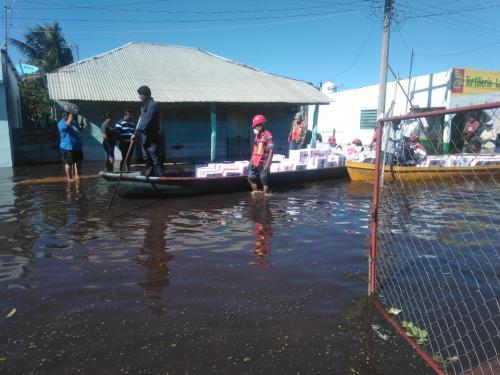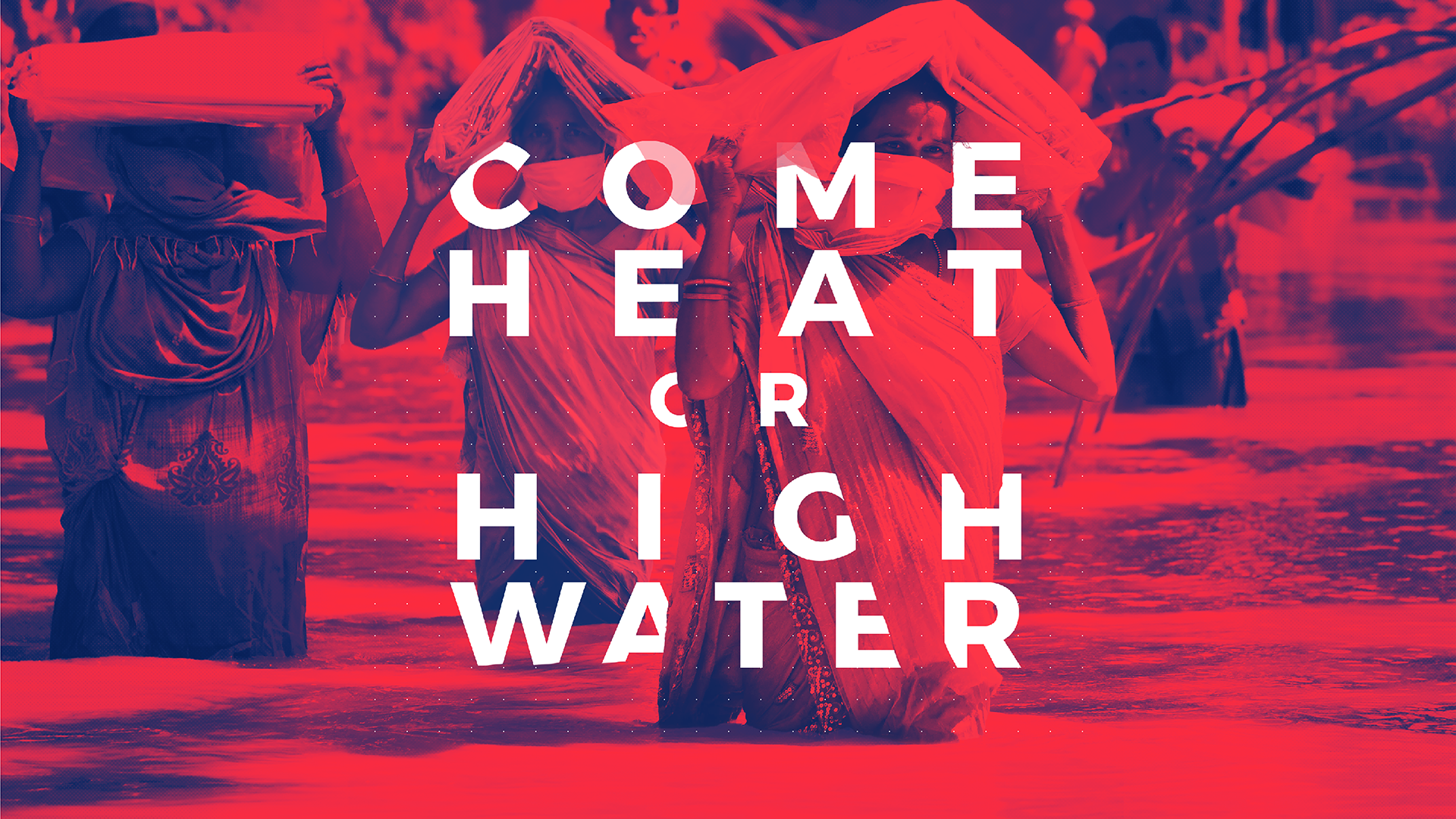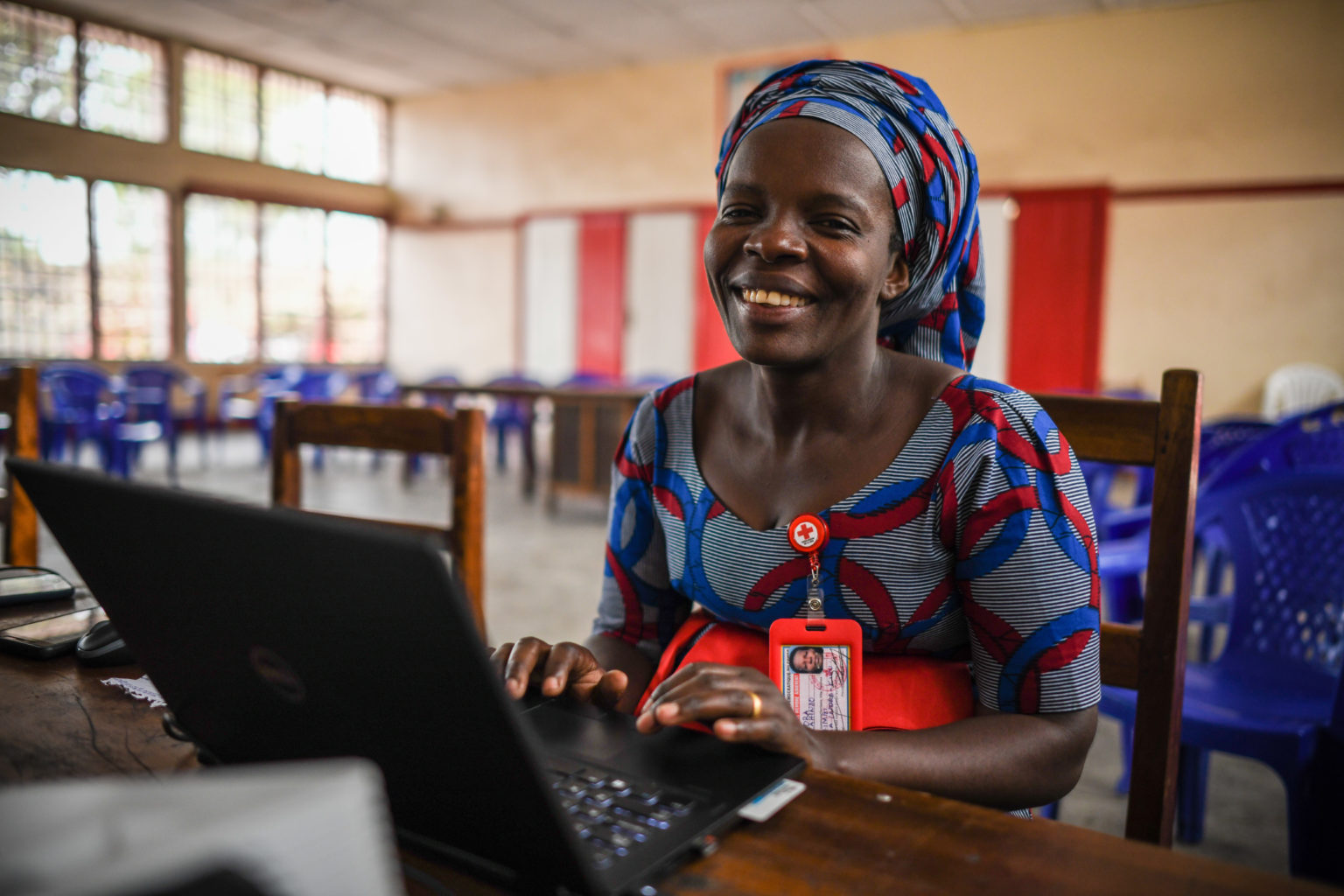Volunteers ensure disaster preparedness actions
“Each and every person here has huge potential. We just have to bring it out,” says Harun al Rashid—an American Red Cross staff member training people displaced from Rakhine on skills needed for monsoon season. Some of his students stand behind him in their orange disaster preparedness wear. Harun is one of the founding members of Bangladesh’s Cyclone Preparedness Program (established 1972). During an interview on June 25, 2018 in Kutupalong, Cox’s Bazar, Bangladesh, Harun emphasized that he believes deeply in his own mission and the mission of his volunteer teams, remarking, “Those who serve others will always find peace. You can’t get this type of peace anywhere else.”
Since August 2017, more than 600,000 people have fled Rakhine state, Myanmar to seek safety in Bangladesh. Many arrived injured, malnourished, and traumatized. They speak of dangerous journeys—walking for days on end just to reach the border. Once in Bangladesh, they crowd into sprawling camps on unstable hillsides—and live in structures made of bamboo, plastic, cardboard and sometimes corrugated metal sheeting. Despite these conditions, camp residents still look for ways to support their community by volunteering to help others in case of an emergency.
The American Red Cross has been working alongside global Red Cross and Red Crescent teams to provide lifesaving aid to the families. As monsoon season sets in, we’re leading disaster preparedness efforts to help people prepare for rain, wind, flooding, landslides, and cyclones. As part of the Bangladesh government’s Cyclone Preparedness Program (CPP), the American Red Cross, Bangladesh Red Crescent, and IFRC are training thousands of camp residents and local community members on first aid, early warning systems, search-and-rescue, and other lifesaving skills. We’re supporting disaster simulation drills and equipping volunteers to warn fellow residents of danger via megaphones, a flag system, and even loudspeakers at mosques.
Find more information on the Case Study: Preparing and reducing risks of disasters to displaced communities.
Story originally publish on American Red Cross by Jenelle Eli, Director of Communications (June 28th, 2018)
Lessons Learned :
Supporting Materials :



